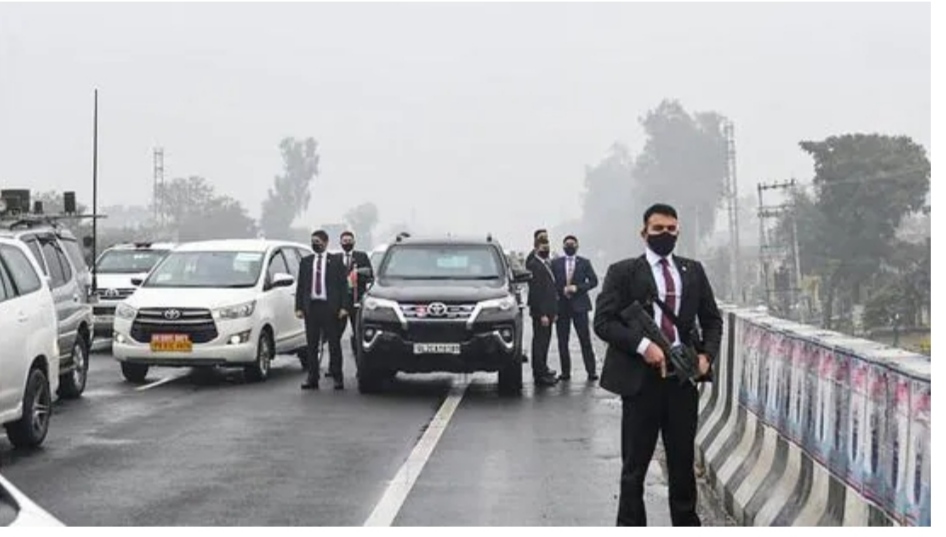
THE NAXAL ISSUE: A QUESTION OF LIVES
On 23rd December, Wednesday, the Chhattisgarh Government reported that 216 Naxals have been killed in encounters with security forces over the last three years; with the highest number of Naxal deaths being reported in the Sukma District (82). Excluding these casualties, about 966 Naxals have surrendered after such encounters.

On 29th of December, a Central Reserve Police Force (CRPF) personnel succumbed to his injuries while nine commandos were injured after an IED blast which was triggered by the Naxals in the disputed Sukma district.
These two reports give us a glimpse of either side of what we can presumably call ‘the Naxals versus the Government’. Both, in their reports, are similar in nature and yet- the former has been given the name of systemic violence while the latter is called the security forces. Now, the questions that arise are-
Who are the Naxals / Naxalites? and Why are they targeted by the Union and the State Governments?
The name ‘Naxalite’ has been derived from the name of a village, ‘Nakshalbari’ (নকশালবাড়ি), in the Siliguri district of West Bengal. This village was the epicentre of a tribal-peasant uprising against the local landlords in 1967. Although the rebellion was soon suppressed, it became the main focus and inspiration of a number of communist-led (separatist) movements in India. “The rise of Naxalism corresponded to the growth of militant communism in India” (Britannica), especially the creation of the Communist Part of India- Marxist-Leninist (CPI-ML) in 1969, after the split of Communist Party of India-Marxist (CPI-M) in 1967.
CPI-ML and the various Naxalite groups claim to represent the oppressed classes and the poor, and socially marginalised sections of the society (mainly Dalits and tribal people). However, the method of fighting oppression adhered more to Maoist ideologies of Communism (peasant-led revolution) which encouraged systemic violence against landlords, businesspeople, security forces as well as corrupt politicians. Guerrilla warfare, disruption of infrastructure were some of the methods followed by the Naxals. Naxalite groups have come to control large territories in many states- notably Andhra Pradesh, Bihar, Chhattisgarh, Jharkhand, Odisha and West Bengal.
The Union and Sate Governments have, from the onset, labelled Naxalite groups as terrorist organisations because of their harsh enforcement tactics. Although these groups do provide social work to areas that are under their control, the government does not identify them as legal organisations owing, primarily, to their (Maoist) ideology which prods on revolution through suppression of a capitalist government.
The tension between Naxalites and the Indian government in Chhattisgarh is known as the Naxalite-Maoist insurgency– which is an ongoing conflict between the two. The insurgency started after the formation of CPI-Maoist (in 2004), which is not deemed as a legal political party by the Indian Government. The conflict started specifically after a meeting (in 2005) between the Andhra Pradesh State Government and the CPI-Maoist which broke down when the Naxals accused the government of not addressing their demands “for a written truce, release of prisoners and redistribution of land” (Wikipedia).
Hundreds have died every year since 2005 and the conflict has still not resolved itself. The armed wing of the Naxalite-Maoists is called the People’s Liberation Guerrilla Army (PLGA) and is estimated to have between 6,500-9,500 cadres. Chhattisgarh and Andhra Pradesh are, currently, the most disturbed states with respect to this aspect. The Naxalites claim to fight for improved land rights and more jobs for the poor and agricultural labourers, following a strategy of “rural rebellion”.
While the cause for the rebellion is justified, the violent methods employed by the Naxalites drop this entire situation into a morally grey area. Who are in the wrong? The Naxalite-Maoists with their violent-unfair means but a justified reason, or the Government who are inactive in equal distribution with their corrupt, money-mongering means? While the security forces are trying to control state violence induced by the Naxalites who, more often than not, inflict harm indiscriminately, one must also ask- is the government taking sufficient measures to improve the standards of living, both socially and economically, for the poor, the tribal and the Dalits? However, both see many lives on the line- the ones killing for better lives, and the other killing for saving lives.
Article by Sukanya Chaudhury.
Reference: •https://en.wikipedia.org/wiki/Naxalite%E2%80%93Maoist_insurgency
•https://www.britannica.com/topic/Naxalite
•https://www.newindianexpress.com/nation/2020/dec/23/over-200naxals-killed-in-encounters-in-chhattisgarh-in-3-years-govt-2240164.html
•https://www.livemint.com/news/india/sukma-naxal-attack-crpf-personnel-killed-7-injured-in-chhattisgarh-11606616684136.html
Sources of citation: •https://en.wikipedia.org/wiki/Naxalite%E2%80%93Maoist_insurgency
•https://www.britannica.com/topic/Naxalite



